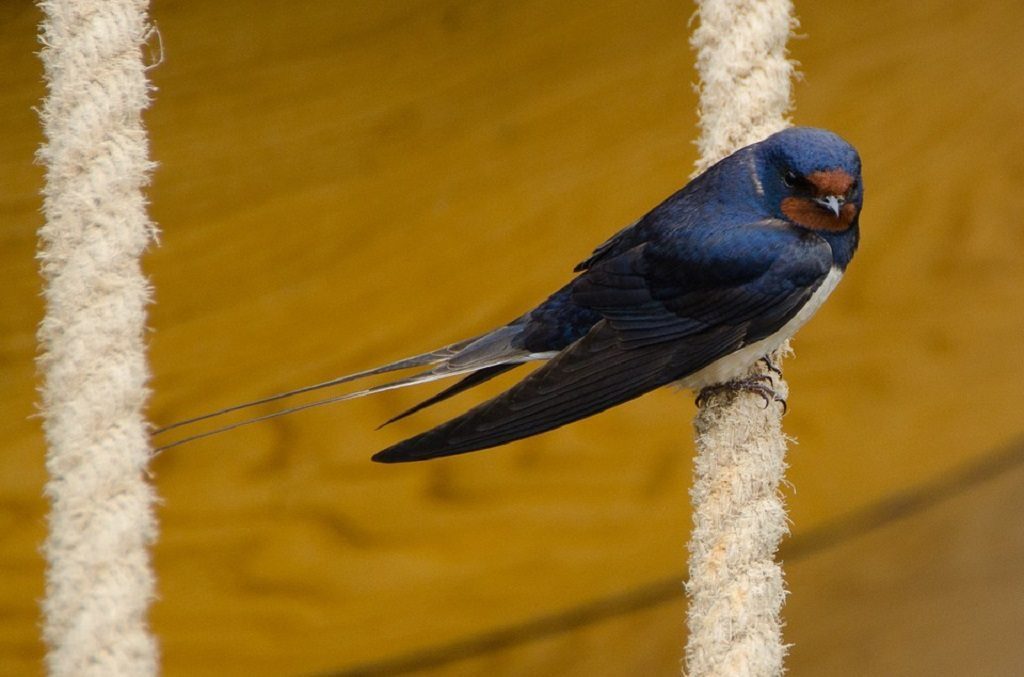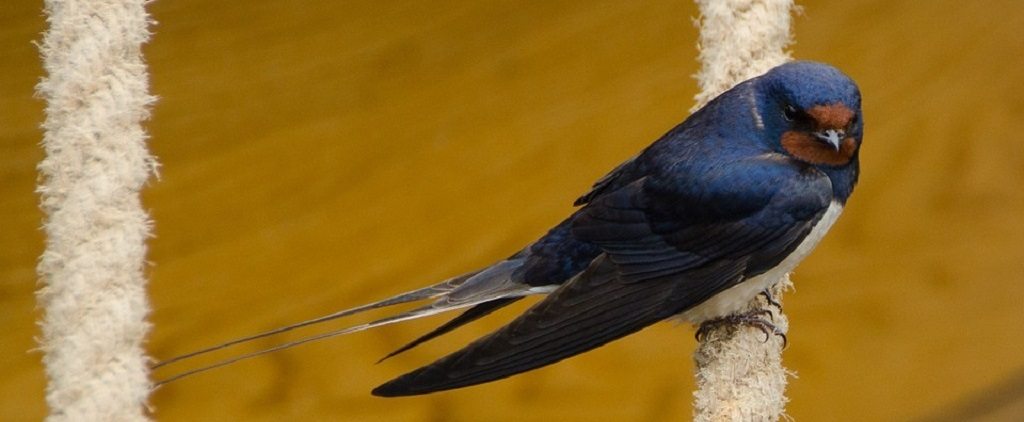[dropcap style=”font-size:100px; color:#992211;”]I[/dropcap]t’s always Schengen for swifts and swallows.
One does feel, lately, that if there were a way for native sparrows, blackbirds, thrushes and robins to organise some sort of barrier to the free movement of non-UK avians into their feeding areas, they’d probably still expect full access to foreign worms, insects and sundry munchables across the pond too.
Climate change, UK wildlife, chaos. We preferred Springwatch when it was just long shots of badgers and stuff.
Climate change is already reshuffling the UK’s wildlife calendar, and it’s likely this will continue into the future, according to new research published this week in the journal Nature.
The results suggest that seasonal events -such as the timing of flowering in plants and breeding in birds – are generally more sensitive to temperature change, than to changes in precipitation such as rain and snowfall. Plants and animals respond differently to temperature changes at different times of year.
Seasonal relationships between predators, such as insect-eating birds and plankton-eating fish, and their prey could be disrupted in the future. This could affect the breeding success and survival of these species, with possible consequences for UK biodiversity.
The analysis shows that, given these patterns in climate sensitivity, species in the middle of food webs, such as some insects and plankton species, which feed on plants but are themselves fed on by predators, are likely to change their seasonal “behaviour” the most in future.
The study was led by ecologists at the UK’s Centre for Ecology & Hydrology, working in collaboration with 17 other organisations – research institutes, non-governmental organisations and universities. The analysis involved more than 370,000 observations of seasonal events including long-term records, spanning the period 1960 to 2012, covering 812 marine, freshwater and dry-land plant and animal species from the UK, from plankton to plants, butterflies to birds and moths to mammals.
The data represented three levels of the food chain, primary producers (such as flowering plants and algae), primary consumers (such as seed-eating birds and herbivorous insects) and secondary consumers (such as insect-eating birds, fish and mammals).
Species records were combined with national temperature and rainfall data to show that plants and animals not only vary greatly in their sensitivity to climate change, but that species at different levels in food chains have been responding to climate in different ways. Using the current best estimates of climate change, the study forecasts that by 2050, primary consumers will have shifted their seasonal timing by more than twice as much as species at other trophic levels — an average of 6.2 days earlier versus 2.5¬¬-2.9 days, although there is substantial variation among taxonomic groups.
The lead author of the study, Dr Stephen Thackeray from the Centre for Ecology & Hydrology, said “This is the largest study of the climatic sensitivity of UK plant and animal seasonal behaviour to date. Our results show the potential for climate change to disrupt the relationships between plants and animals, and now it is crucially important that we try to understand the consequences of these changes.”
Dr Thackeray added, “Our findings highlight the importance of managing ecosystems within a ‘safe operating space’ with respect to the likely impacts of projected climate change.”
The study combined data collected as part of long-running scientific monitoring schemes, and also extensive citizen science initiatives, capitalising on the rich tradition of biological recording in the UK.
Co-author Dr Deborah Hemming, from the Met Office, said, “We are lucky in the UK to have a long history of people fascinated with observing and recording events in nature. By quantifying the relationships between these phenological records and climate data across the UK, we identify many phenological events that are extremely sensitive to climate variations. These provide ideal early indicators, or sentinels, for monitoring and responding to the impacts of climate variability and change on nature.”
Source: Eurekalert/Centre for Ecology & Hydrology
Image: Pixabay/Skitterphoto

Some of the news that we find inspiring, diverting, wrong or so very right.






















